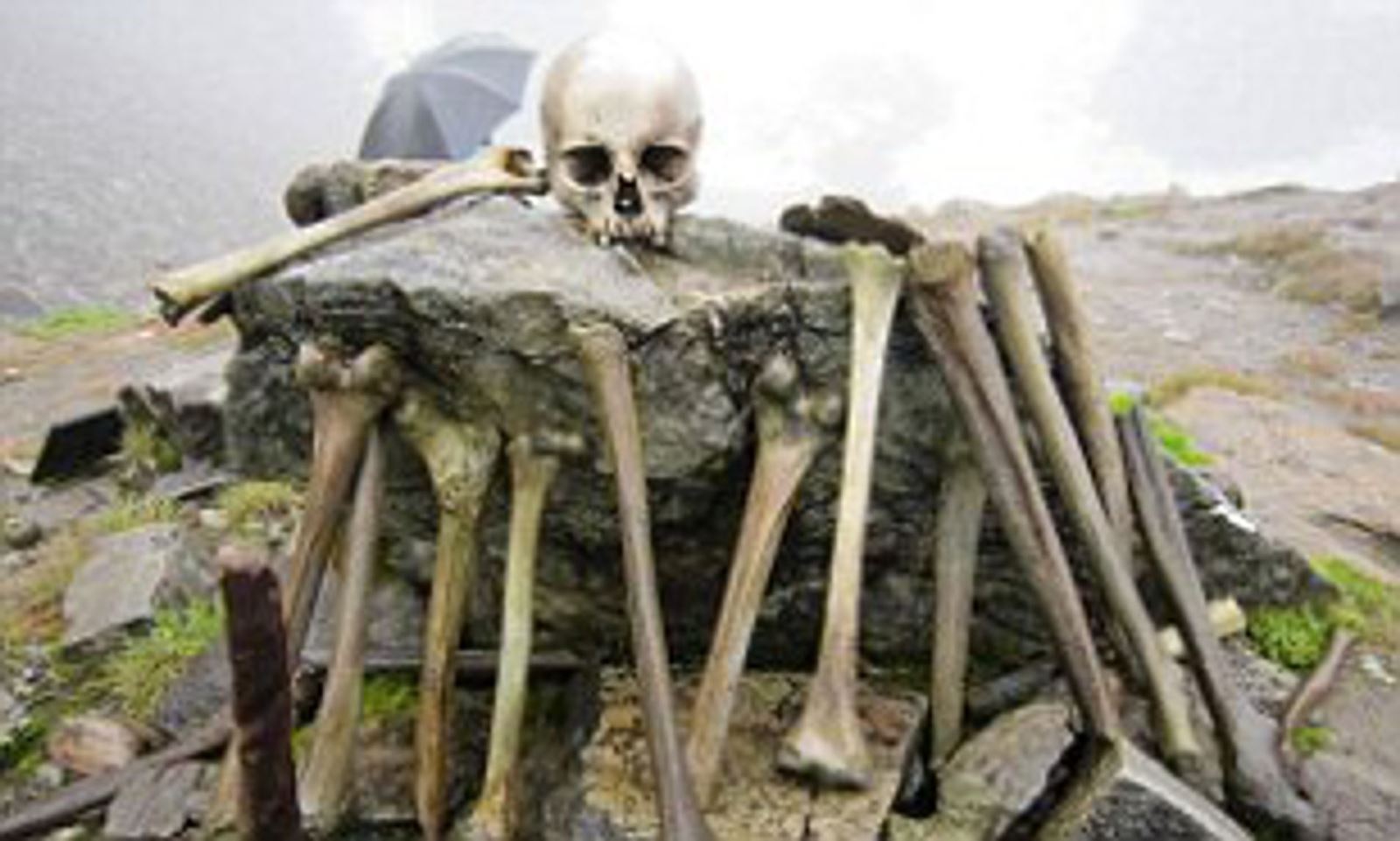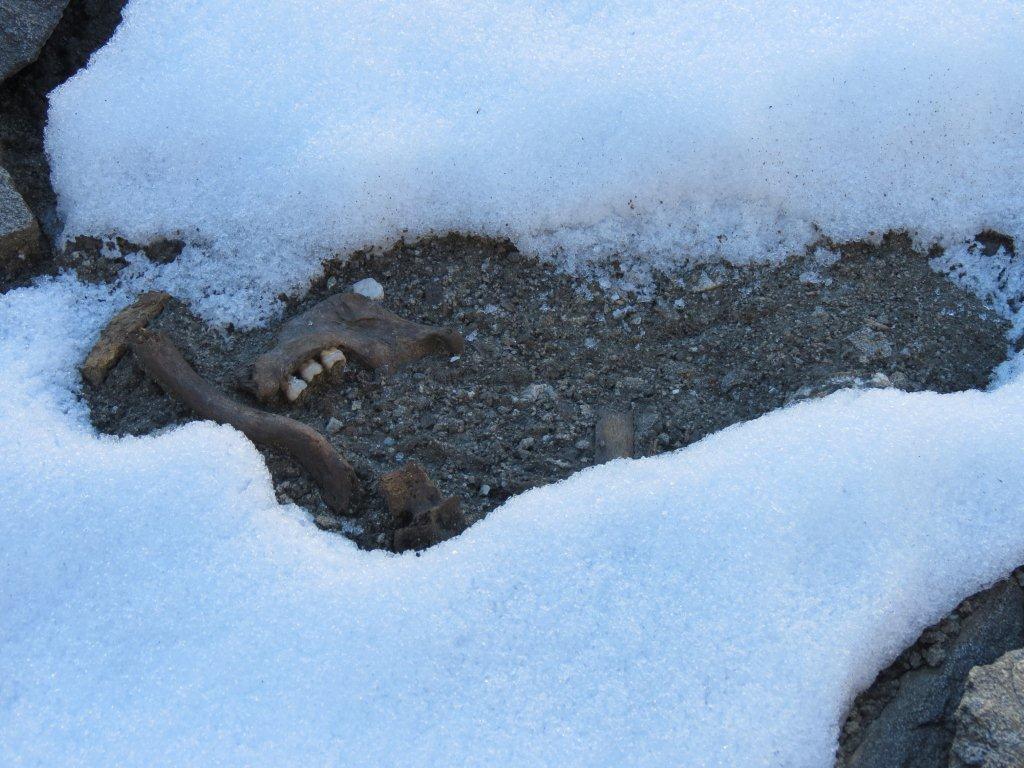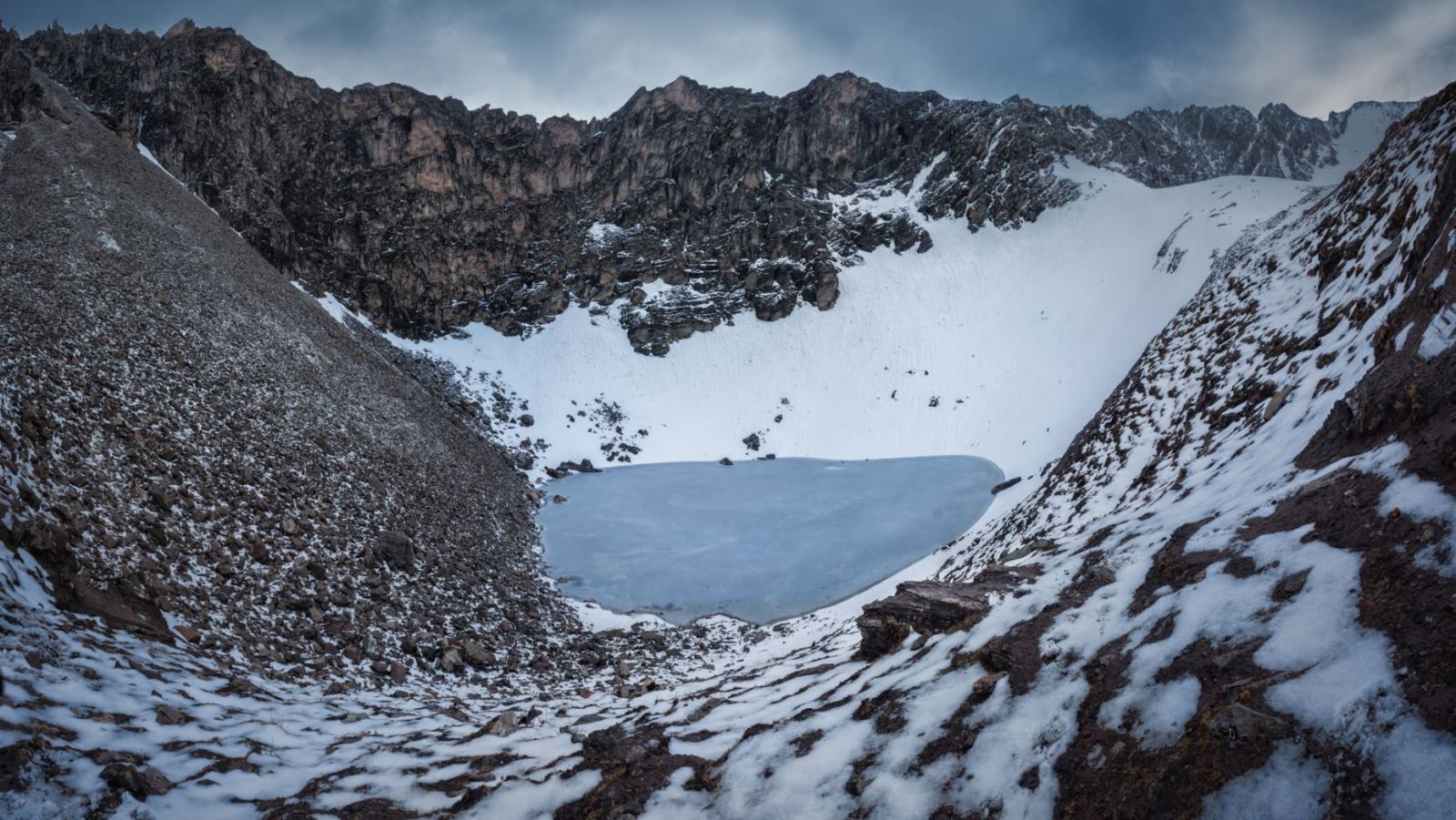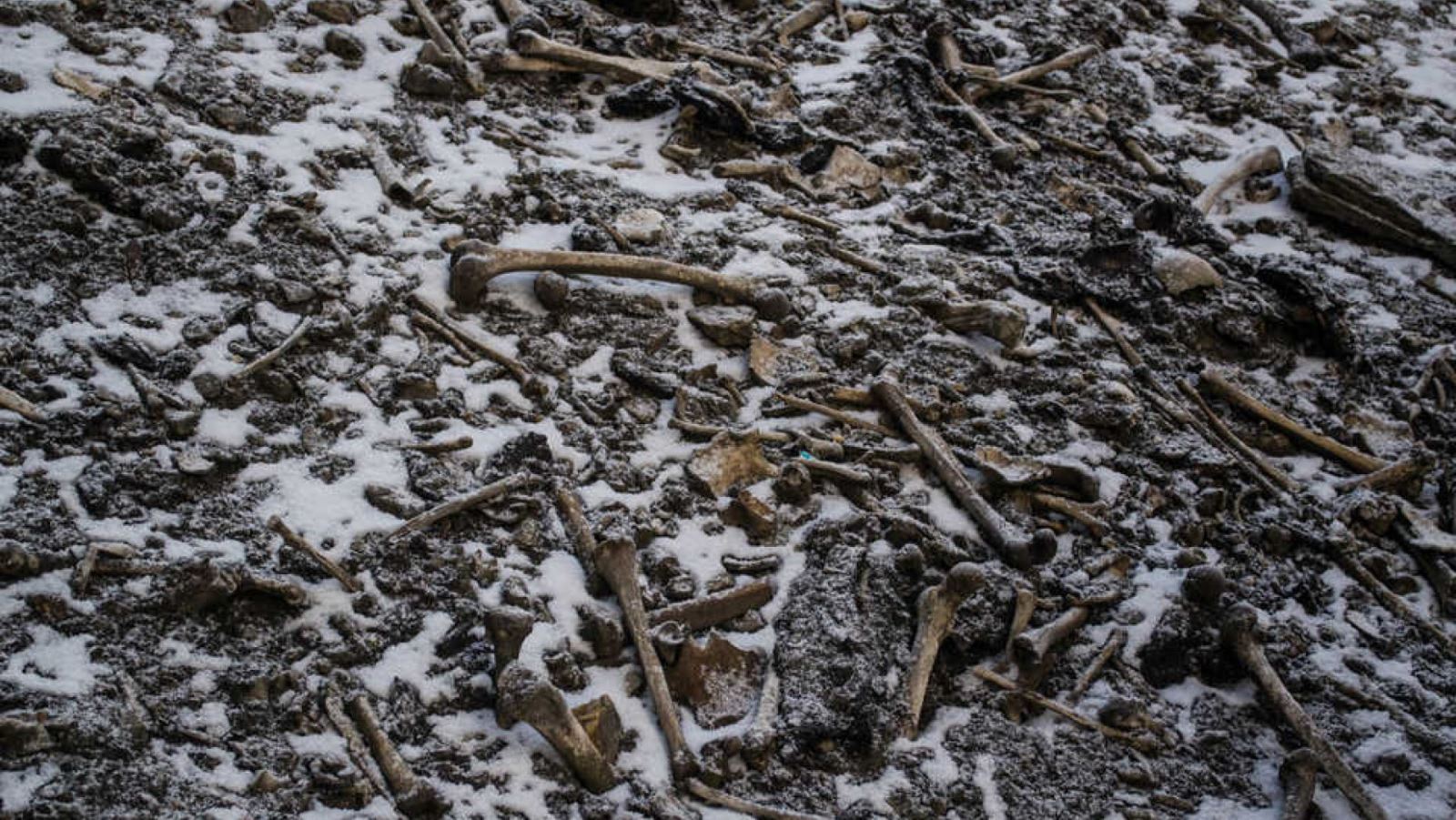High in the Himalayas, the bones of several hundred mysterious people lie scattered around a small lake, earning it the nickname Skeleton Lake.

Some of those people originated in the vicinity of Greece and Crete around 220 years ago, a new analysis of DNA and radiocarbon-dated bones finds. But why the genetically unrelated men and women traveled to Skeleton Lake, or how they died, is still a mystery, scientists report August 20 in Nature Communications.

“We were extremely surprised to find Mediterranean ancestry at such a harsh geographical location,” says paleogeneticist Niraj Rai of Birbal Sahni Institute of Palaeosciences in Lucknow, India.

Also known as Roopkund Lake, the pool sits more than 5,000 meters above sea level in the north Indian state of Uttarakhand. A trip from Greece to the sky-scraping lake covers about 5,000 kilometers.
Other people whose bones rest at the site came from South Asia around 1,000 years before the enigmatic Europeans arrived, the team found. DNA extracted from 38 Roopkund Lake skeletons pegs 23 as having South Asian genetic roots, as opposed to 14 with eastern Mediterranean ancestry. Radiocarbon dating indicates that the South Asians, and a lakeside individual with Southeast Asian ancestry, lived around 1,200 years ago.

Present-day Hindu pilgrims travel past Roopkund Lake on their way to a northern Indian sanctuary where they worship the goddess Nanda Devi. Perhaps a catastrophe of some kind killed pilgrims there 1,200 years ago, the researchers speculate. But Mediterranean people in the Himalayas 200 years ago were likely neither Hindus nor pilgrims, they say.
According to sciencenews











